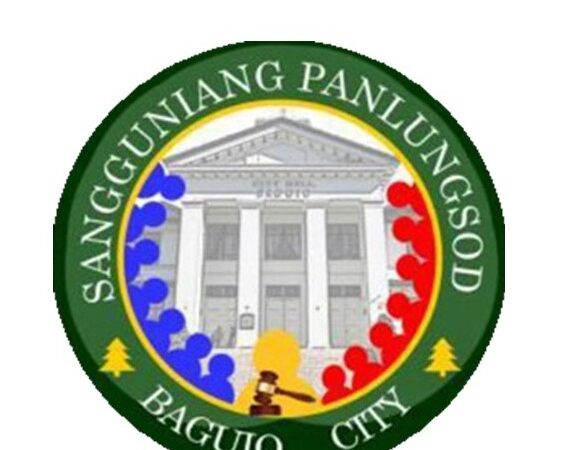Baguio moves toward disaster resiliency

The Summer Capital ranked 17th among around 32 of the country’s Highly-Urbanized Cities (HUCs) in the resiliency ranking of the Cities and Municipalities Competitiveness Index 2022.
Thus, disclosed City Disaster Risk Reduction and Management Office (CDRRMO) head Antonette Anaban during the first quarter meeting, March 2, of the CDRRM Council (CDRRMC) chaired by Mayor Benjamin Magalong
Resilience indicators include land use plan, DRR plan, annual disaster drill, early warning system, budget for DRRM plan, local risk assessments, emergency infrastructures, utilities, employed population and sanitary system.
Anaban said the city scored high in terms of early warning system, emergency infrastructure and employed population while scoring low in local risk assessment, as compared to other HUCs in the country.
Her report defined resilience as “the ability of a system, community, or society exposed to hazards to prepare for, recover from, and adapt to the effects of hazards in a timely and efficient manner, including through the preservation and restoration of its essential basic structures and functions”.
She added that the city’s resilience vision is: “A safer, adaptive, and disaster-resilient Baguio community towards sustainable development”.
In 2021, Anaban said, the city joined the Making Cities Resilient (MCR) 2030 program whose strategic objectives are: Improve cities’ understanding of risk and secure their commitment for resilience; strengthen cities’ capacity to enhance DRR/resilience strategic planning; support cities to implement DRR/resilience strategies.
Meanwhile, its cross-cutting objectives are: Strengthening vertical links between local and national governments as well as local governments; strengthening horizontal links amongst partners to ensure sustainability; connecting cities with cities to learn and share.
She said the city’s natural hazards include earthquakes, floods, landslides, sinkholes, forest fires, and the ‘urban heat island’ effect that occur when cities replace natural land cover with dense concentrations of pavement, buildings, and other surfaces that absorb and retain heat and increases energy costs, air pollution levels, and heat-related illness and mortality. – Gaby B. Keith


